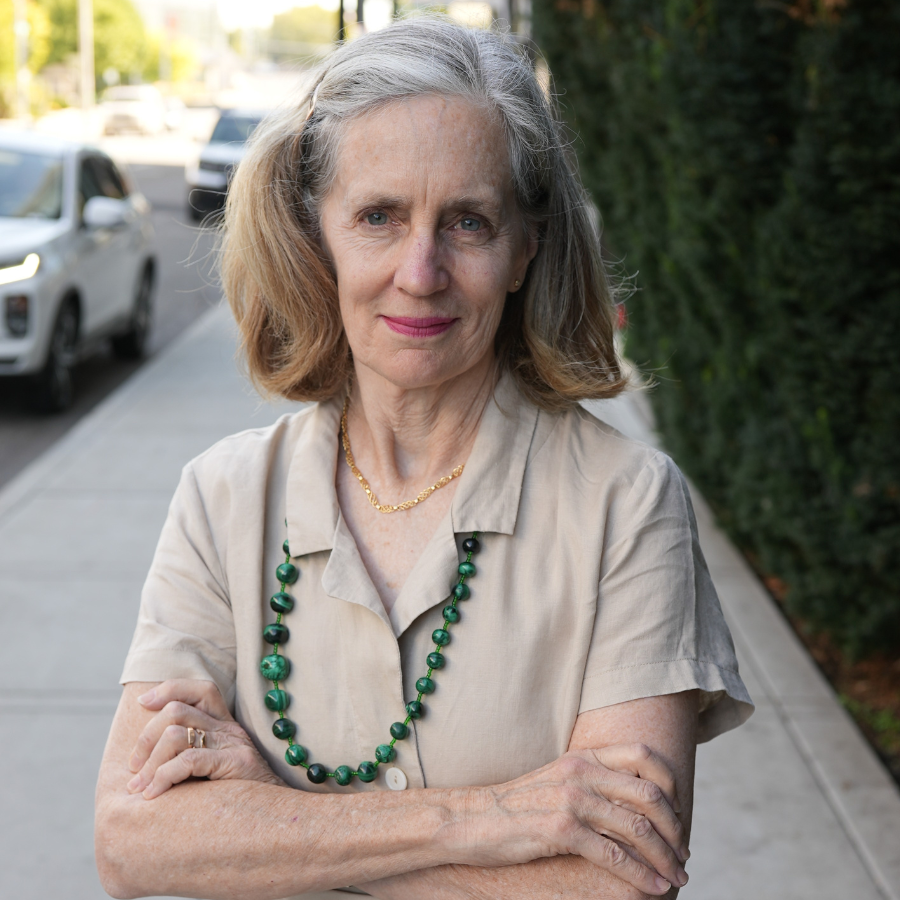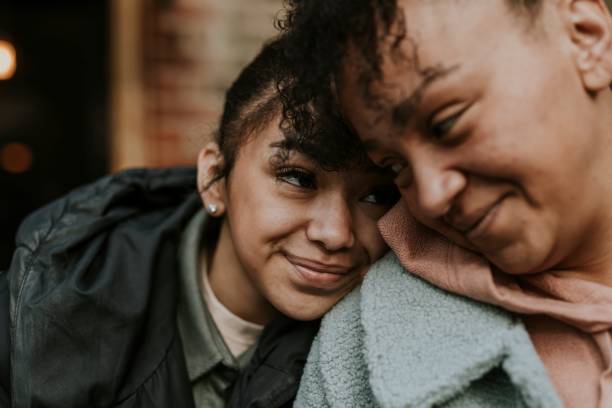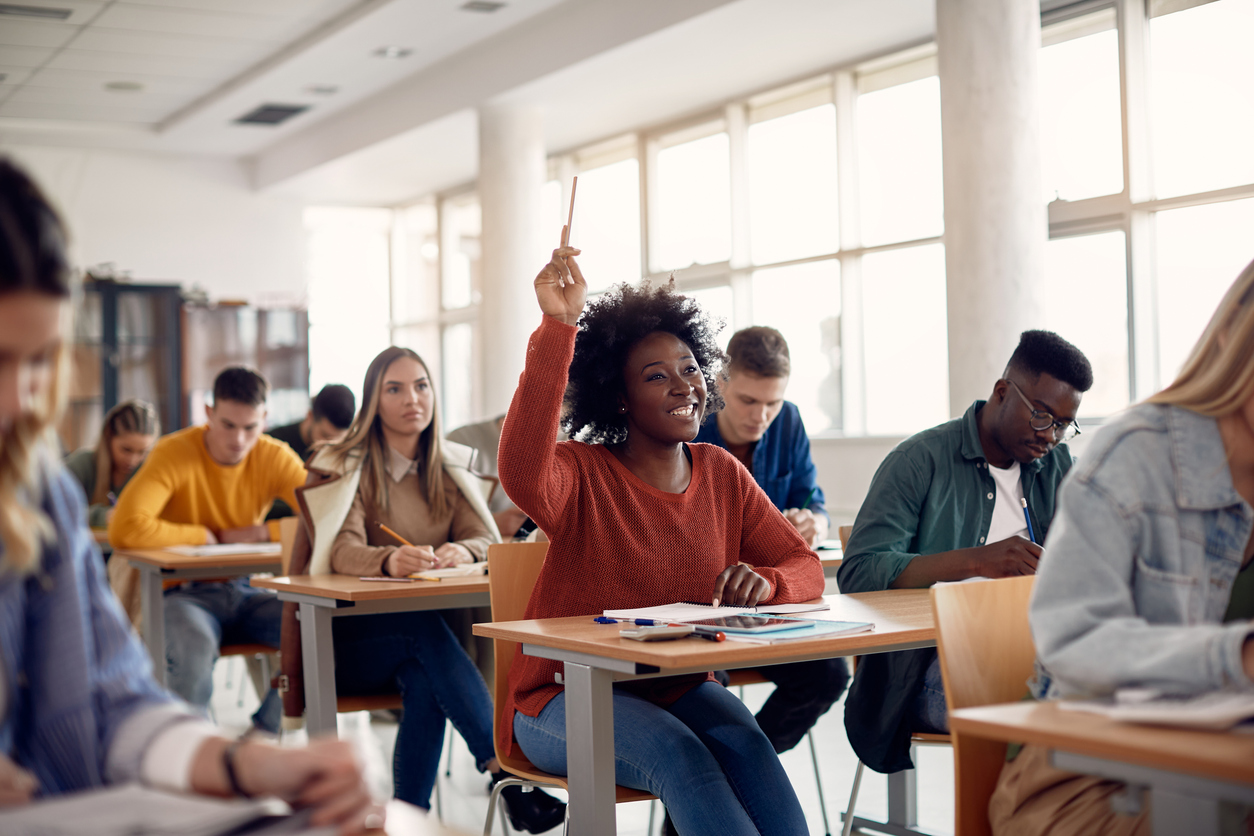Related Articles
Relevant Topics
Key Findings
1. In just one year, lawmakers in 18 states have acted to serve parents and children better by expanding access to education choices.
2. These expansions to school choice could nearly quadruple the number of students across the country with access to alternative learning, from the current 608,000 to an estimated 2,204,000 students.
3. These programs operate on the same moral principle used in subsidized housing: providing public funds to give families choices in paying for private housing.
4. SB 5200, introduced in the State Senate in 2021 by Senator Mark Schoesler would have offered $15,000 tax credit scholarships to help the families of special needs students and students in foster care, pay the cost of private schools.
5. HB 1215, introduced in the State House of Representatives in 2021 by Representative Vicki Kraft would have provided 130,000 families up to $7,000 each in Education Opportunity Scholarships in the form of an individualized Education Savings Account.
6. Both of these school choice bills were killed in committee.
7. Washington state lags behind the nation in offering families school choice.
8. Washington policymakers should take a more forward-looking, open-minded approach to removing barriers to a wider array of learning options for children.
Introduction
In March of 2020, parents of Washington’s 1.1 million schoolchildren faced an unprecedented problem when Governor Jay Inslee, using emergency powers, unilaterally closed all public schools in response to COVID-19.
All schools were closed for a time, but by September 2020 most private schools and charter public schools re-opened to in-person instruction using health safety procedures. Meanwhile, most traditional public schools remain shuttered for the remainder of 2020 and much of the 2021 academic year.
Many traditional public school parents were angry and frustrated by the loss of learning opportunity for their children, especially as families with access to learning alternatives soon returned to academic study.
Public school officials provided delayed and weak online instruction, but districts proved unprepared for remote learning and shifted most of the burden to parents. Further, stout union opposition kept Washington schools closed longer than in other states. Washington state ranked near the bottom, or 47th, in the nation in reopening schools to in-person instruction.
In response to the crisis, caring lawmakers in many states sought to provide families with broader learning options, by either expanding existing school choice programs or initiating new ones. Across the country enrollment in alternative schooling programs soared.
Read the full Policy Brief here.





